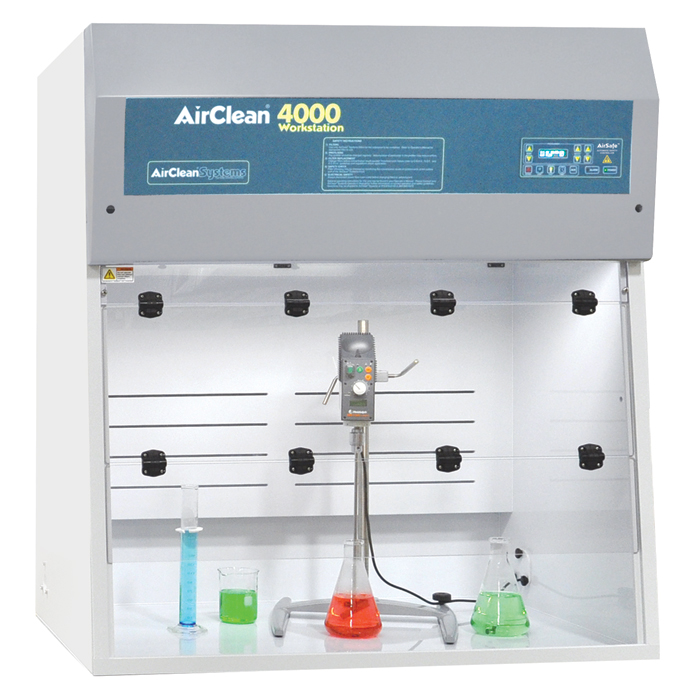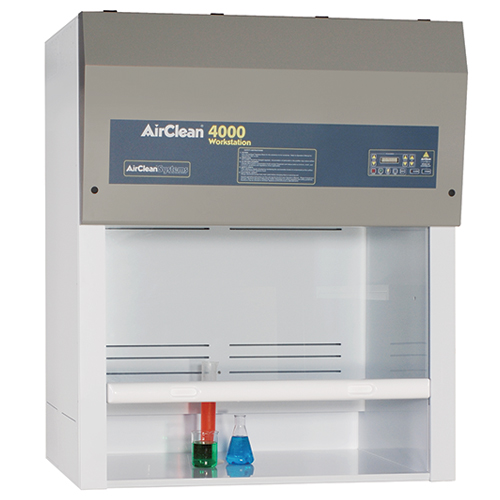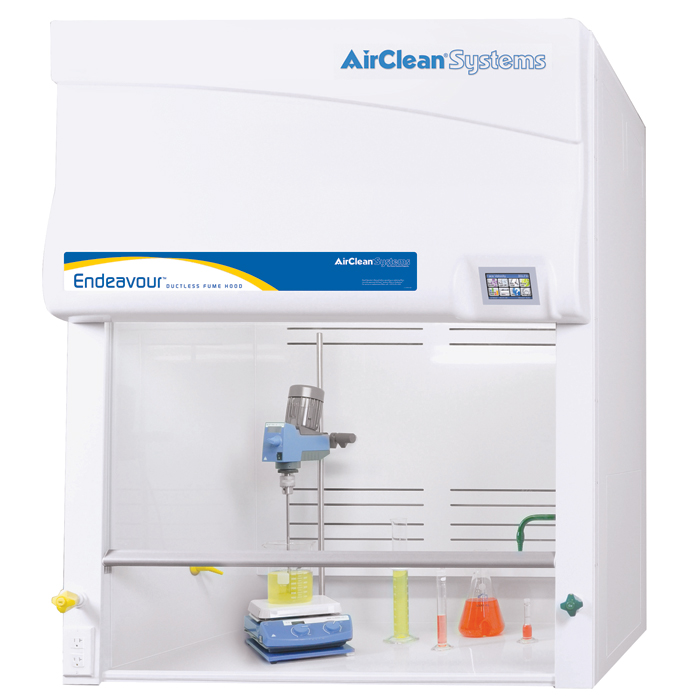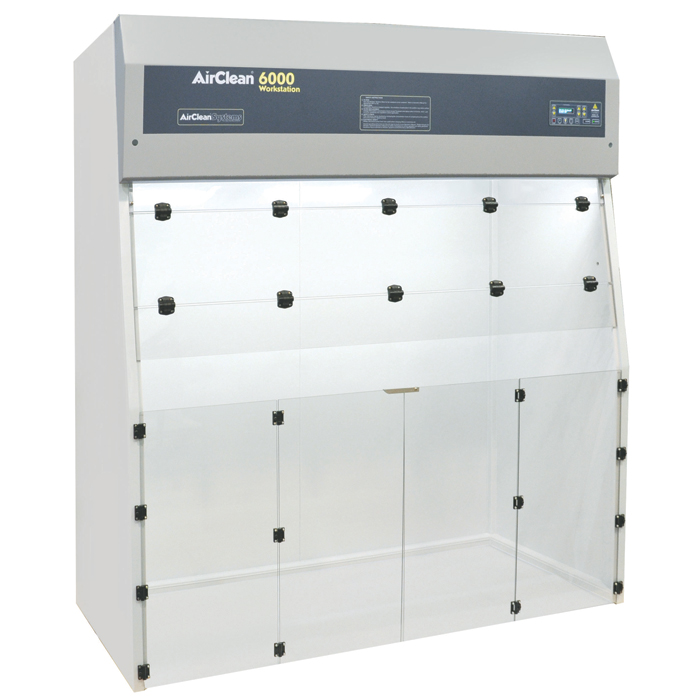
How To Make Metal Polishing Shiny, Smooth, And Safe
What comes to mind when you think of the metal products in your everyday life? You might think of a shiny gold ring, the smooth surface of a stainless-steel countertop, or your reflection in a glassy elevator door. Despite their shiny, smooth, and reflective appearance in our everyday lives, many metals are naturally rough and may even appear dull from oxidation. Therefore, metal products such as jewelry, cookware, automobile parts, and storage tanks must be polished to achieve that characteristic metallic look.
Polishing is a finishing method that uses abrasive pads with increasing grit (decreasing abrasiveness) to remove dents or scratches from metal products, creating a smooth and shiny appearance. Applying polishing compounds or jeweler's rouge to the pad can also help to smooth and shine the surface. In addition to being more aesthetically pleasing, polished metals are more durable, easier to clean, and more corrosion-resistant than their unpolished counterparts.
Manual, Machine, And Automated Polishing
Polishing can be completed in three methods: manually, with help from a machine, or as an automated process.
Manual polishing uses hand pads and mechanical side-to-side motions and may be combined with other polishing methods. This method is often used for smaller pieces produced in small quantities, such as jewelry making, which frequently requires a combination of manual and machine polishing techniques.
Machine polishing utilizes a machine polisher or a buffing wheel instead of hand pads and offers more control than automated methods. This method is also generally faster than manual polishing, so it can be used for larger pieces produced in smaller quantities and/or when controlled polishing is required. Machine polishing is often used in the electronics, aerospace, and medical device industries.
Automated polishing methods are available for pieces manufactured in bulk and for some applications where absolute control of the process may not be essential.
Ductless Hoods Can Contain Polishing Particulates
Polishing processes, whether manual or automated, generate a large amount of dust and debris particulates, which makes the procedure incredibly messy. The dust and debris are mainly composed of aerosolized polishing compounds or polishing rouge, as well as small bits of metal. Inhalation can irritate the eyes, nose, mouth, throat, or lungs, and repeated exposure may lead to additional health problems over time. To help contain the mess and prevent particulate inhalation, ductless fume hoods with a horizontal laminar flow protect operators and make clean-up easier.
Ductless hoods are ideal for manual or machine polishing methods of smaller pieces. They pull air from near the operator, across the workspace, and to the back of the hood. The air containing the polishing dust then passes through a high-efficiency particulate air (HEPA) filter to remove the particulates before the air is released into the work area. Ductless hoods can also be outfitted with an activated carbon filter in the event other steps of the finishing process, such as cleaning with harsh chemicals, must be completed in the same hood. The activated carbon filter removes fumes from the contaminated air before exhaust to protect the operator from harmful chemicals. For tiny pieces, a particulate extractor fitted with a HEPA filter may be appropriate; however, it will largely depend upon the number of particulates generated by the polishing process. Until automated methods with particulate containment mechanisms can provide the level of control required for intricate metal pieces, ductless hoods can help maintain a safe and clean workspace for manual and machine polishing applications.






